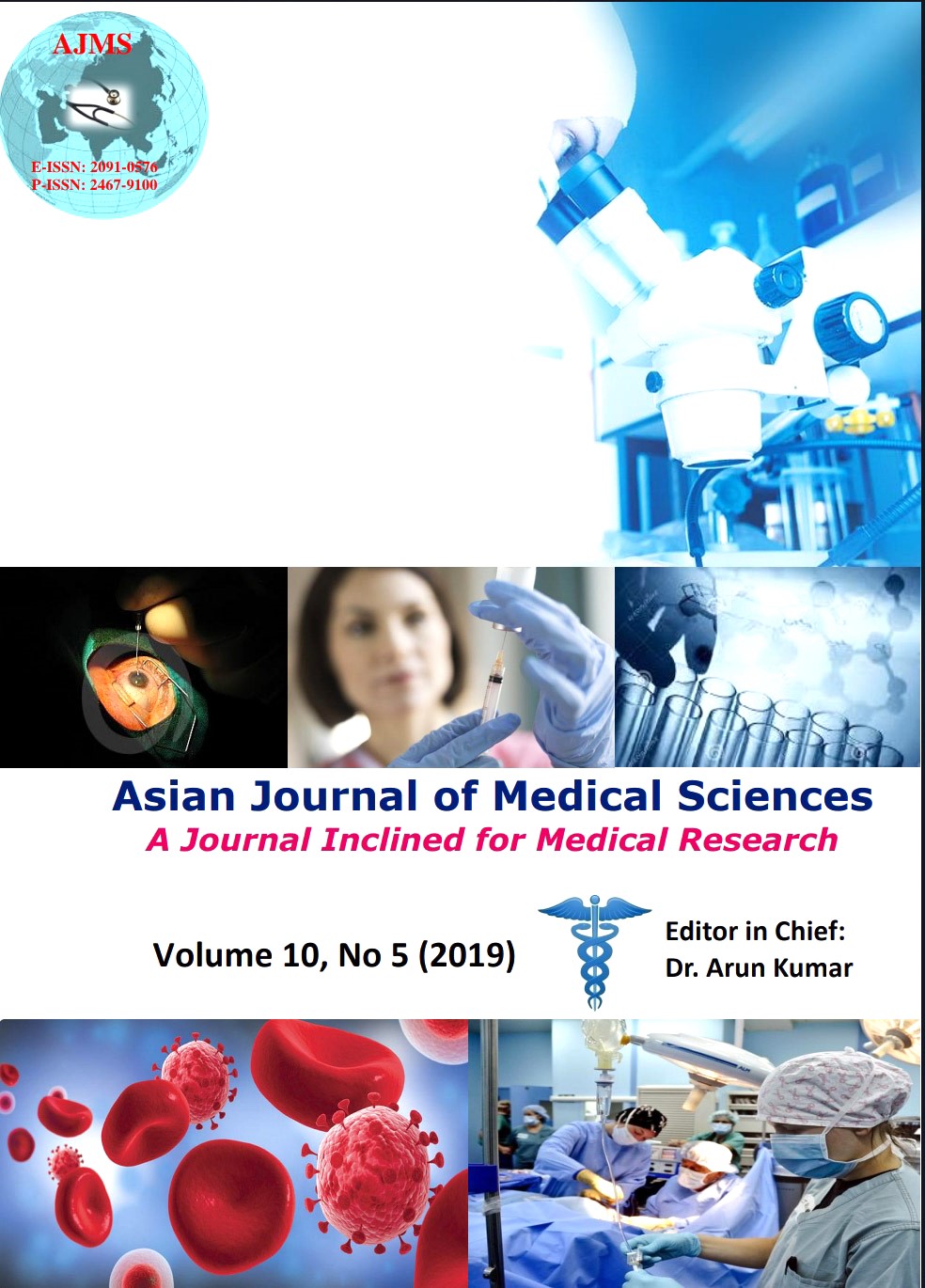Comparative ABO blood group and rhesus factor distribution between homogenous and heterogenous populations in South Eastern Nigeria
Keywords:
ABO, Rhesus factor, Blood transfusionAbstract
Background: The ABO blood group and Rhesus (Rh) factor remain the most important blood group in transfusion medicine. Knowledge of ABO and rhesus blood group distribution within a population is indispensable for transfusion medicine, clinical and marriage counselling.
Aims and Objectives: The objectives of this study were to provide data and compare the pattern of ABO and rhesus blood group distribution between a homogenous and a heterogenous population.
Material and Methods: Blood was collected from 352 University students representing a heterogenous population and 235 primary school pupils in a local community representing homogenous population. The ABO and rhesus blood groups were determined using white tile and agglutination methods.
Results: Among the 352 and 235 individuals studied in UNN and HFNP, blood groups O had the highest frequency with 54.80% and 51.06% respectively while blood group AB had the least frequency of 4.50% and 3.40% in UNN and HFNP respectively. Rhesus positive had the highest frequency of 88.63% and 95.33% while rhesus negative had the frequencies of 11.35% and 4.68% in UNN and HFNP respectively. Rhesus negative was highest among females in UNN 26 (7.37%) while males had the highest rhesus negative 7 (2.98%) in HFNP. In both study populations, there was no significant difference in ABO and rhesus blood group distribution between the males and females (P > 0.05).
Conclusions: A homogenous population is associated with low prevalence of rhesus negative compared to a heterogenous population.
Downloads
Downloads
Published
How to Cite
Issue
Section
License
Authors who publish with this journal agree to the following terms:
- The journal holds copyright and publishes the work under a Creative Commons CC-BY-NC license that permits use, distribution and reprduction in any medium, provided the original work is properly cited and is not used for commercial purposes. The journal should be recognised as the original publisher of this work.
- Authors are able to enter into separate, additional contractual arrangements for the non-exclusive distribution of the journal's published version of the work (e.g., post it to an institutional repository or publish it in a book), with an acknowledgement of its initial publication in this journal.
- Authors are permitted and encouraged to post their work online (e.g., in institutional repositories or on their website) prior to and during the submission process, as it can lead to productive exchanges, as well as earlier and greater citation of published work (See The Effect of Open Access).




